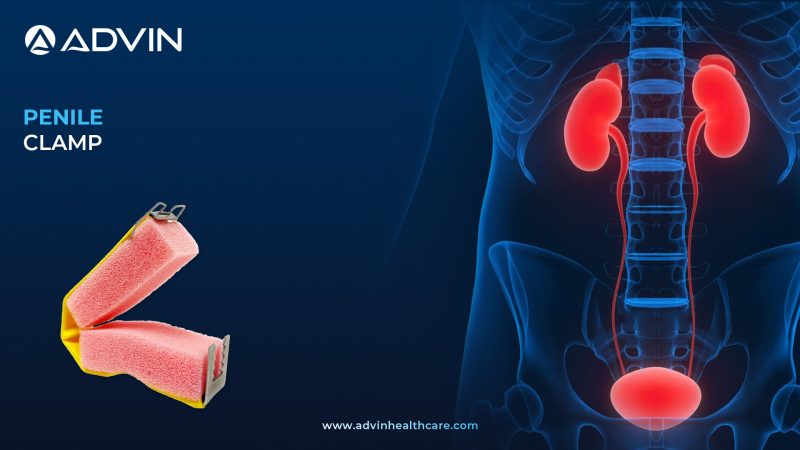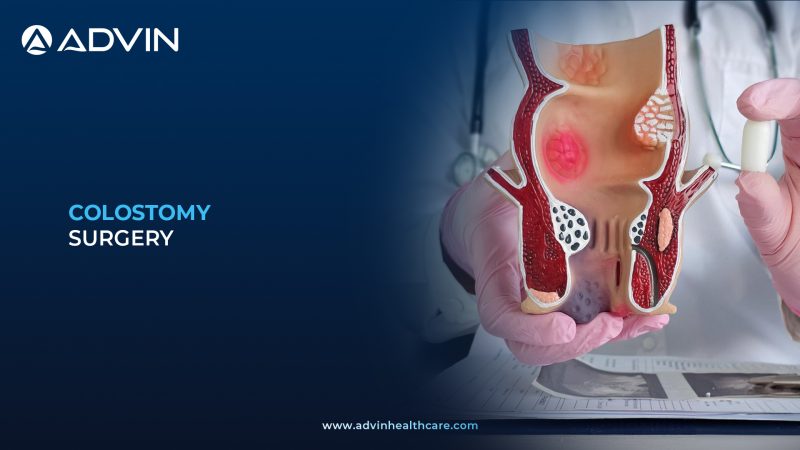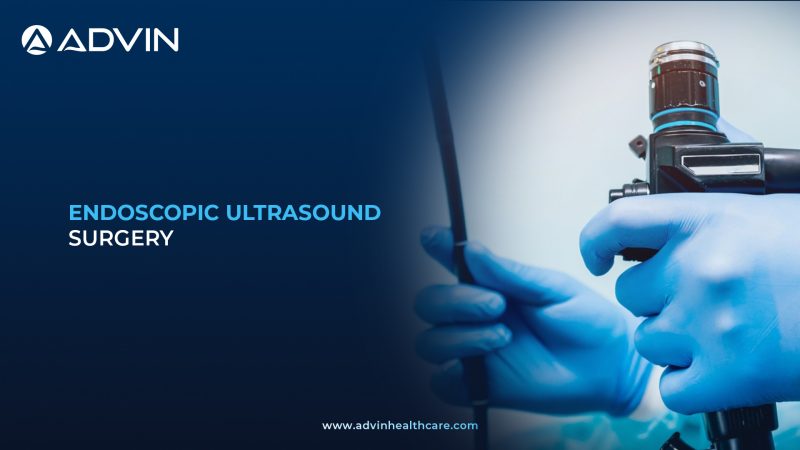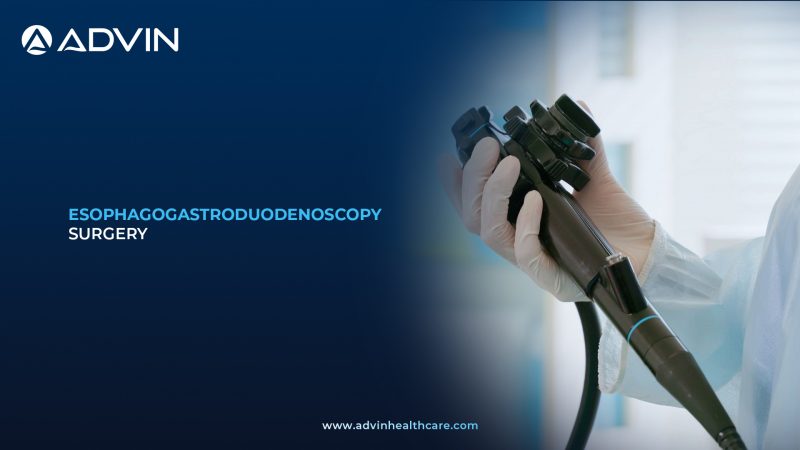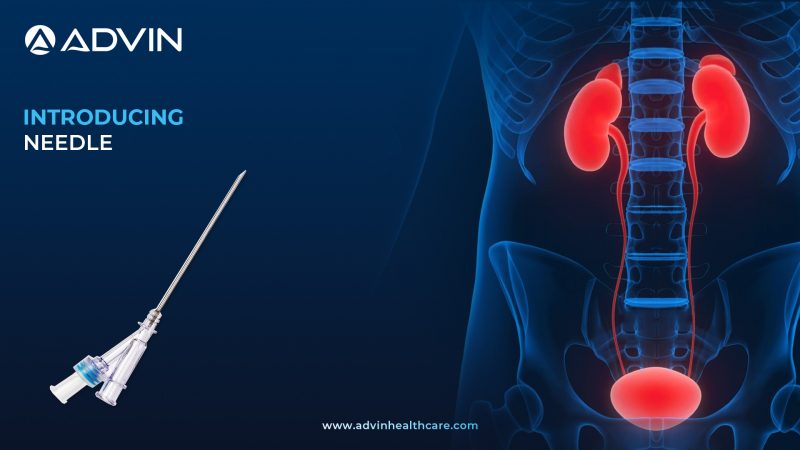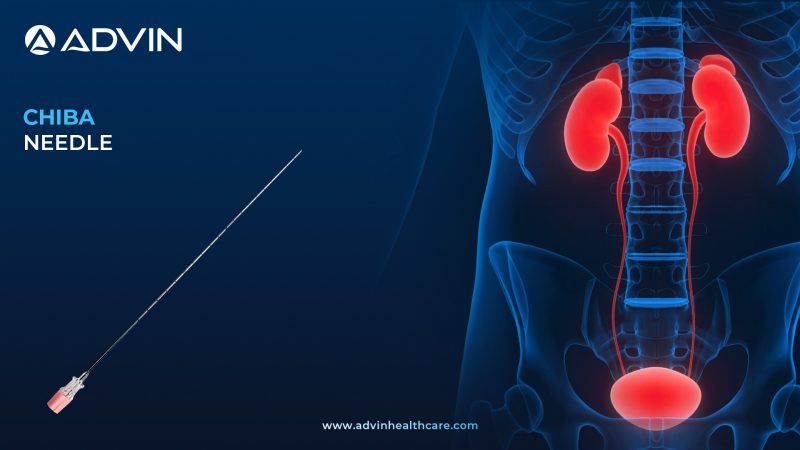Introduction to Penile Clamp – A Simple Solution for Male Incontinence Management
The Penile Clamp is a non-invasive medical device designed to manage male urinary incontinence. It applies gentle pressure to the urethra, preventing accidental urine leakage while allowing normal blood circulation. This device is widely used in men suffering from stress urinary incontinence (SUI) after prostate surgery, spinal cord injuries, or neurological conditions.
Development & Evolution – Advancements in Non-Surgical Urinary Incontinence Devices
The use of external compression devices like the Penile Clamp dates back several decades as a conservative management option for male incontinence. Over time, advancements in ergonomic design, lightweight materials, and patient comfort have made the modern Penile Clamp a reliable, reusable, and cost-effective alternative to absorbent pads or invasive surgical treatments.
Brief Overview – How Penile Clamps Help Control Urinary Leakage
The Penile Clamp provides a safe, effective, and discreet way to control male urinary incontinence by compressing the urethra to prevent leakage.
Clinical Applications – Male Stress Incontinence, Post-Prostate Surgery Support
- Post-prostatectomy incontinence (after prostate surgery)
- Stress urinary incontinence (SUI)
- Neurological bladder dysfunction
- Spinal cord injuries leading to incontinence
- Conservative management of male urinary incontinence
How to Use – Step-by-Step Guide for Safe Application & Comfort
- Open the penile clamp and gently position it on the penis, midway along the shaft.
- Adjust the clamp to apply enough pressure to stop leakage without causing discomfort.
- Ensure blood flow is not restricted (penis should not turn blue or cold).
- Remove or reposition every 2–3 hours to avoid skin irritation.
- Wash and dry the clamp regularly for hygiene.
- Replace the device if it loses elasticity or shows wear.
Also Known As – Incontinence Clamp, Cunningham Clamp, Urinary Control Clamp
Male Incontinence Clamp, Urethral Clamp, Cunningham Clamp, External Penile Clamp, Incontinence Control Clamp, Male Urinary Control Device
Clinical Benefits – Non-invasive, Reusable, Cost-effective & Patient-Friendly
- Non-surgical, cost-effective incontinence management
- Easy to use and reusable
- Provides immediate control of leakage
- Helps maintain social confidence and quality of life
- Lightweight and discreet under clothing
- Adjustable compression for patient comfort
Advin Penile Clamp – Design, Sizes, Material & Key Features
- Effective Solution for Male Urinary Incontinence
- Advin Health Care offers the Penile Clamp with an ergonomic and lightweight design, ensuring patient comfort, effective urethral compression, and easy reusability. Manufactured with high-quality medical-grade materials, it provides reliable incontinence management for men with stress urinary incontinence
- The Penile Clamp is a non-invasive device designed to control male urine leakage (urinary incontinence). It is especially useful for men who experience leakage after prostate surgery. The clamp applies gentle pressure to the urethra, helping prevent continuous urine flow while allowing comfort and safety for the patient.
Advanced Features
- Ergonomic design for patient comfort
- Cost-effective and easy to use
- Reusable & durable construction
- Lightweight and portable
- Provides effective control of urine leakage
Available Types
- Plastic Penile Clamp
- Metal Penile Clamp
Get Connected:
+91-70717 27261 | urology@advinhealthcare.com | www.advinhealthcare.com

